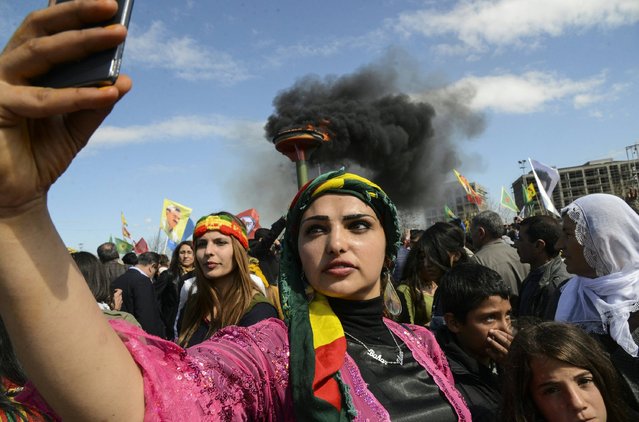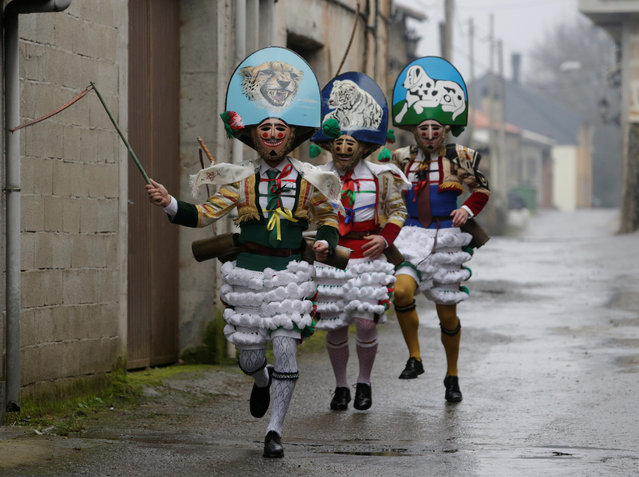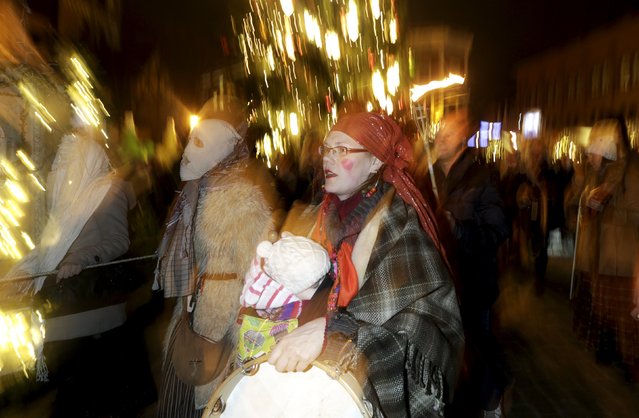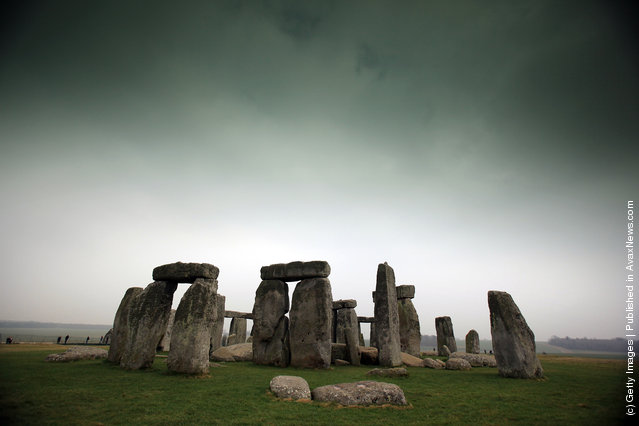
An Israeli spectator watches a giant T-Rex balloon during the Purim parade festival in Petah Tikva, Israel, Thursday, March 24, 2016. The Jewish holiday of Purim commemorates the Jews' salvation from genocide in ancient Persia, as recounted in the Book of Esther. (Photo by Oded Balilty/AP Photo)
25 Mar 2016 13:49:00,post received
0 comments







